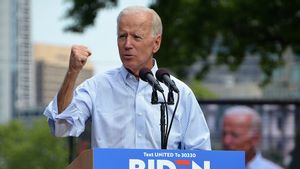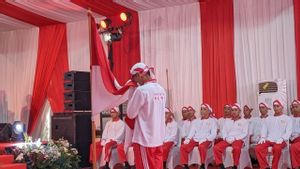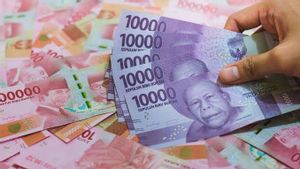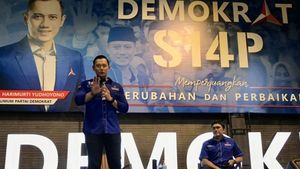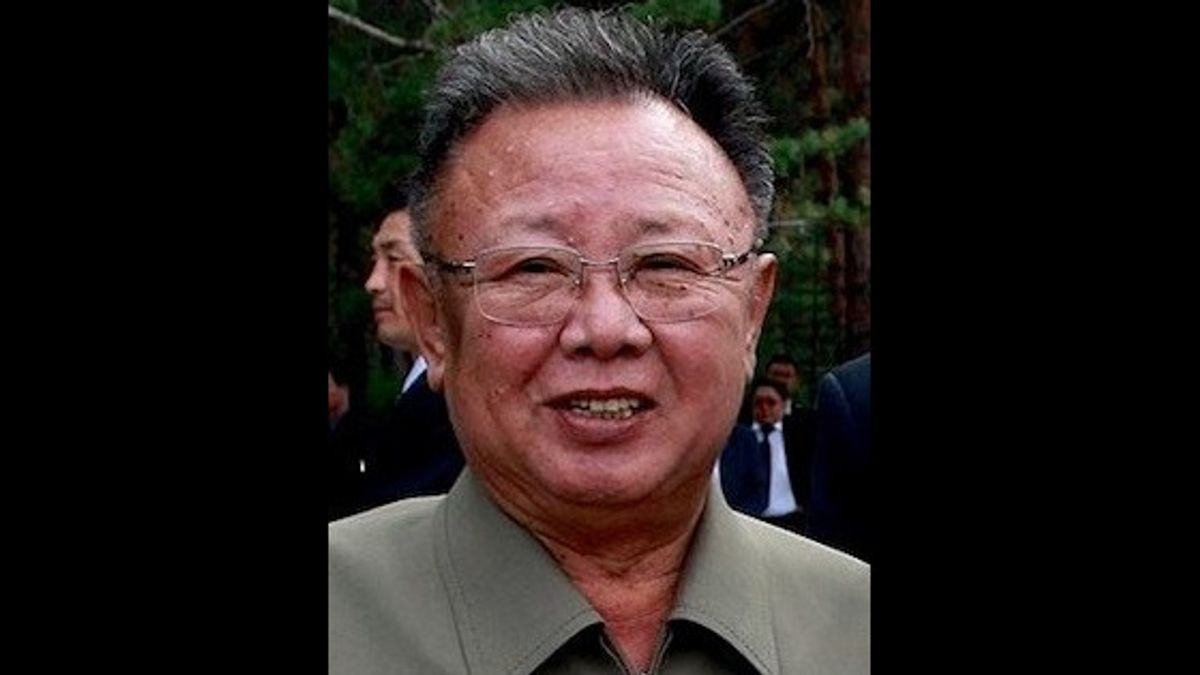
JAKARTA - Every February 16, the North Korean (North Korea) public commemorates Kwangmyŏngsŏng-jŏl or The Day of the Shining Star or Shining Star Day. This is the birthday of the late North Korean leader Kim Jong-il, who was born in 1941.
Shining Star Day is a national holiday in North Korea, the same as The Day of the Sun, which is the anniversary of the birth of the father, Kim Il-sung. These two days are the most important days in North Korea.
Cited from NK News, Kim Jong-Il's birthday was first mentioned in Rodong Sinmun in 1972, but in a somewhat vague form. On December 14, the newspaper announced election results to the Supreme People's Assembly - one hundred percent participating, one hundred percent supporting one candidate, with Kim Il-Sung running in district 216.

In the following years, "216" became the key number for Kim Jong-il's birthday, namely the 2nd month, the 16th day. The unofficial celebration of Kim Jong-il's birthday began in the 1970s. At the same time, his birth year was adjusted from 1941 to 1942, to create a seemingly beautiful 30-year gap between him and his father.
However, it wasn't until 1995, after Kim Il-sung died, that Kim Jong-il's birthday became "Great Nation's Day." And after his death, the holiday was given the name The Day of the Shining Star.
About Kim Jong-il
The official version of North Korea which tells about Kim Jong-il's life is different from biographies documented elsewhere. In the history written by North Korea, the birth of Kim Jong-il was dramatized by explaining that he was born in a guerrilla base on Mount Paektu, the highest point on the Korean Peninsula.
Kim Jong-il was attributed the many abilities he accomplished prematurely. In addition, there are claims that his birth was accompanied by auspicious signs, such as the appearance of a double rainbow in the sky.
During the Korean War, Kim Jong-il was placed in a safe place in northeast China (Manchuria) by his father, although the official biography does not mention the story. After attending a pilot training school in East Germany for two years, Kim Jong-il graduated in 1963 from Kim Il-Sung University.
He served in various routine positions at Korean Workers' Party (KWP) before becoming his father's secretary. He worked closely with his father in the 1967 party purges and was later given several important jobs.
Kim Jong-il was appointed in September 1973 to a strong position as party secretary in charge of organization, propaganda, and agitation. Conflicting information is circulating regarding his personal life, much of it untrustworthy and perhaps deliberately made a mystery.
It is known that Kim Jong-il took an interest in art and encouraged greater creativity in literature and film, although his products remained a propaganda tool. Kim Jong-il was officially appointed as his father's successor in October 1980.
He was given command of the armed forces in 1990-1991 and held high positions on the Central Committee, at the Politburo, and at the Party Secretariat. When Kim Il-sung died of a heart attack in 1994, Kim Jong-il became the de facto leader of North Korea. He was appointed Leader of the Labor Party in October 1997 and in September 1998 he officially assumed the top office of the country.
The English, Chinese, Japanese, Arabic, and French versions are automatically generated by the AI. So there may still be inaccuracies in translating, please always see Indonesian as our main language. (system supported by DigitalSiber.id)


